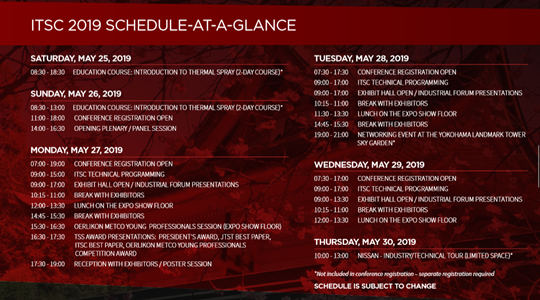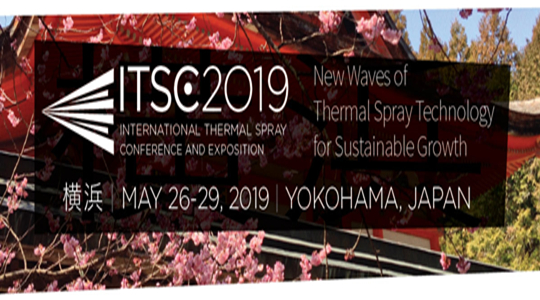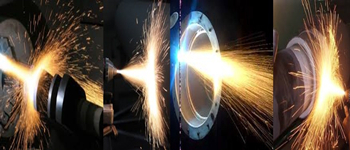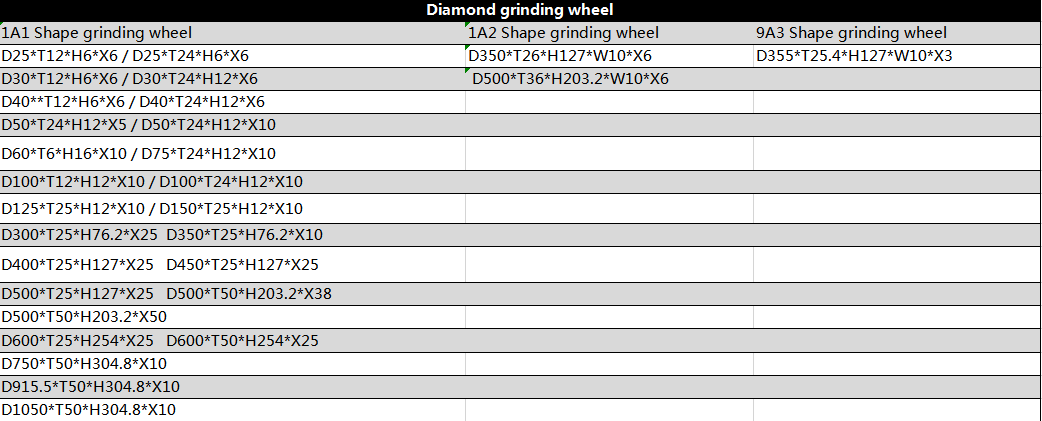ITSC 2019 in Yokohama
On May 26-29, 2019, the ITSC 2019 International Thermal Spray Conference and Exhibition was successfully held in Yokohama, Japan. Organized by ASM International, the International Thermal Spraying Conference is attended by more than 1,000 guests from nearly 100 organizations including the world’s hottest thermal spray industry technical experts, researchers, manufacturers and suppliers. The market trend and the new market segmentation have been thoroughly exchanged and discussed.

ITSC 2019 in Yokohama
On May 26, 2019, from 14:00 to 16:30 in the afternoon, special lectures and discussion sessions, renowned industry experts brought exciting technical information and new industry trends.
“Room Temperature Impact Consolidation Phenomenon for Advanced Ceramic Coating – Aerosol Deposition (AD) Method”
Dr. Jun Akedo:Coating processes that are thought to utilize purely collision pressure or impact force such as aerosol deposition (AD) method and cold spray (CS) method are attracting attention. These accelerate microparticles and ultrafine particles by carry gas to several hundred m / sec or more, make them into a jet stream and collide with the substrate, realize dense coating with good adhesion just by supplying purely mechanical energy. It is thought that fine particles of metals and ceramics are macroscopically bonded at room temperature while remaining in a nearly solid state. In fact, it has been confirmed that, in the aerosol deposition method, it is possible to form a dense ceramic thin film or a thick film having a microcrystal structure of several tens of nanometers or less at room temperature and to obtain excellent electromechanical properties. Then, in the field of semiconductor manufacturing equipment, it has been commercialized as an important coating process. This is called “Room Temperature Impact Consolidation (RTIC)”. When viewed as a powder forming process, this phenomenon is fundamentally different from a thermal spray coating and shock compaction in which raw material particles are brought into a molten or semi-molten state to obtain bonding between primary particles. In this presentation, the deposition mechanism of the AD process with RTIC phenomenon and the importance of this phenomenon for the future coating technology are explained.
“Innovations in Thermal Spray and the Future of Propulsion Technology”
Dr. Ann Bolcavage:Continuing innovations in thermal spray are essential to meet current and future demands in gas turbine engine manufacturing for greater capability and capacity. Coupled with this is a concurrent need for greater understanding and control of these key and supporting processes using the emerging and disruptive tools of digital technologies and knowledge management. Combined, these developments can transform the ability of thermal spray to contribute to the delivery of the next generation of propulsion.
Thermal Spray Systems is a popular technology used to improve and enhance the surface of a solid material, restoring it to its best or improving it. The process is designed to add many benefits and it can help protect against: wear, cavitation, corrosion, abrasion, heat and erosion. It is used in many industries to further enhance the quality of finished work and can extend the life of components of many different machines from vehicles to factory equipment.
How does Thermal Spraying Work?
The process of thermal spraying involves the spread of a thermal spray coating onto the chosen surface. It involves the projection of particles onto the fully clean and prepare surface and a combination of thermal and kinetic energies leads to these particles flattening and spreading on the surface, joining together and creating the full, cover-all coating.
What are Thermal Spray Coatings Used For?
1.Protecting against corrosion or oxidation
2.Improving the wear resistance
3.Increasing or decreasing the friction coefficient
4.Reconditioning a damaged surface
5.Acting as a thermal barrier coating
6.Insulation electrically
7.Acting as an electrical conductor coating
8.Acting as reaction barrier coating
9.Bring a decorative effect
Grain Type
Of the four major grain types used in the manufacture of grinding wheels, the two most commonly used for grinding flame sprayed surface are silicon carbide and diamond.
1.Silicon carbide is chosen for its ability to fracture and present sharp new cutting point during grinding action.
2.Diamond are used because of their durability and their ability to cleanly cut the harder alloys, ceramics and cermet.
3.Aluminum Oxide and Cubic Boron Nitride (CBN) are used only occasion to grind some type steel-based flame spray alloy.
Grit Size
Because of their smaller surface area and sharper points, fine grit abrasive will penetrate hard materials easier than coarse grit abrasives.
MORE SUPERHARD resin diamond grinding wheels are used for grinding and finishing carbide coated rollers, printing roll, ceramics, wear parts and others hard coated materials. At present, our diamond wheels can reach up to 43 inch ( 1100 mm) diameter.

resin diamond grinding wheel





